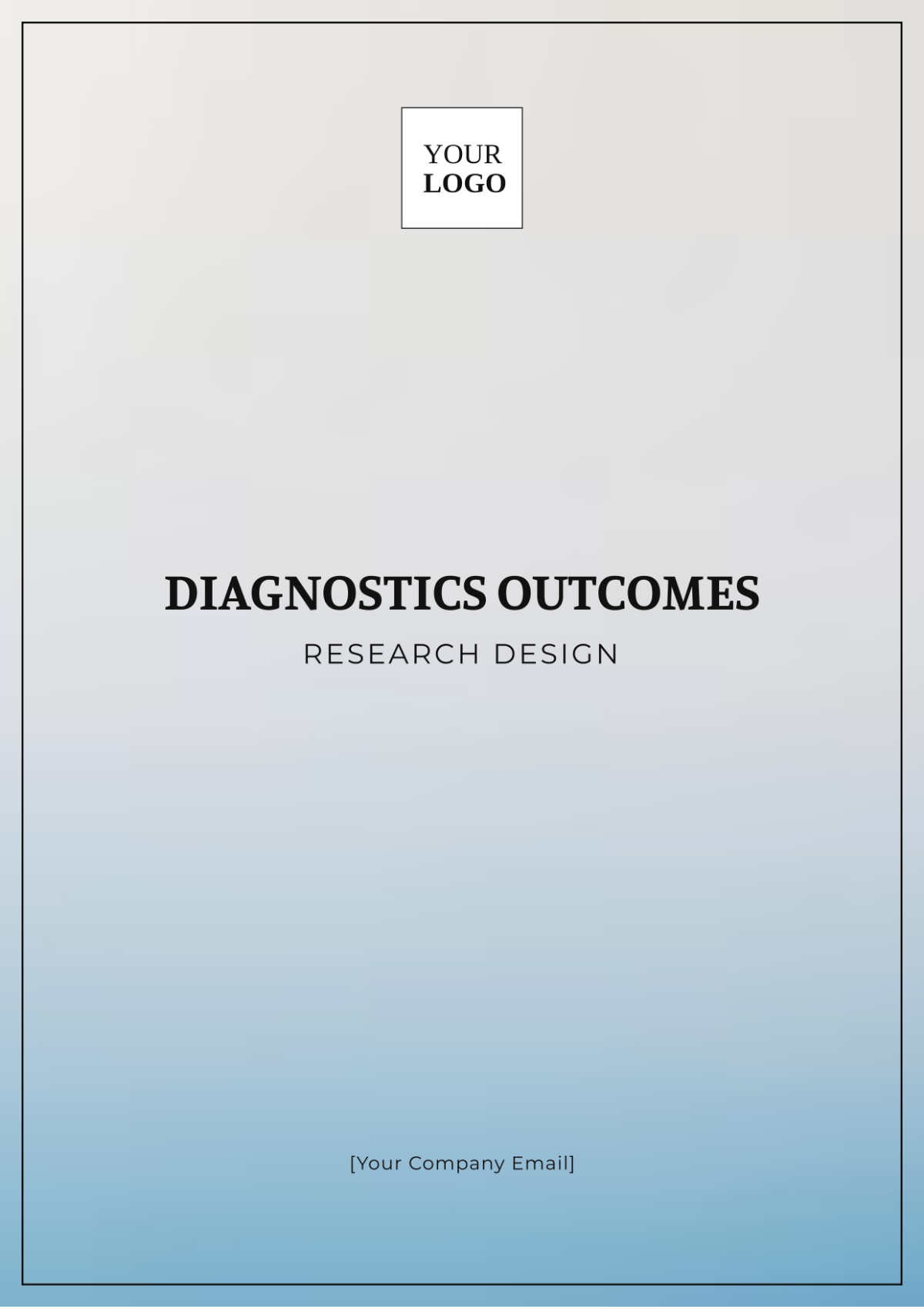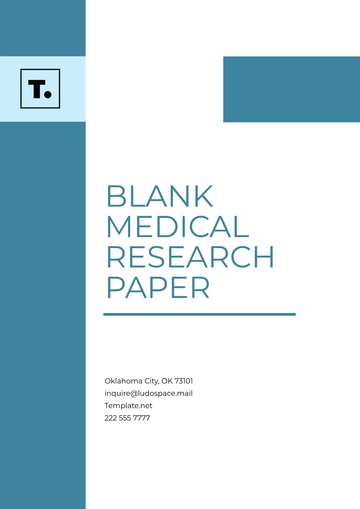Diagnostics Outcomes Research Design
1. Introduction
Breast cancer remains a leading cause of mortality among women worldwide. Early detection through effective screening methods is crucial for reducing mortality rates and improving patient outcomes. Traditional mammography has been a standard diagnostic tool, but recent advancements in artificial intelligence (AI) offer the potential to enhance diagnostic accuracy and efficiency. This study investigates the efficacy of AI-based mammography in comparison to traditional mammography.
2. Methodology
Study Design:
A comparative, retrospective cohort study will be conducted using electronic health records and screening data from patients over the past five years.
Population/Sample:
The study will include 5,000 women aged 40-65 who underwent breast cancer screening between January 2050 and December 2050. Inclusion criteria are women who have had both AI-based and traditional mammography within the study period. Exclusion criteria include patients with incomplete records or those who had prior breast cancer diagnoses.
Diagnostic Tool:
The AI-based mammography software will be compared to the standard digital mammography provided by Healthcare.
Outcome Measures:
Primary Outcomes: Sensitivity, specificity, positive predictive value (PPV), and negative predictive value (NPV) of AI-based mammography compared to traditional mammography.
Secondary Outcomes: Cost-effectiveness, including analysis of the cost per detected case of breast cancer and the overall economic impact of implementing AI-based mammography.
3. Test Performance Metrics
Accuracy Metrics:
Sensitivity: The proportion of true positive cases correctly identified by AI-based mammography and traditional mammography.
Specificity: The proportion of true negative cases correctly identified by both diagnostic methods.
Positive Predictive Value (PPV): The probability that patients with a positive test result have breast cancer.
Negative Predictive Value (NPV): The probability that patients with a negative test result do not have breast cancer.
4. Outcomes and Results
Diagnostic Accuracy:
Results will be presented by comparing the sensitivity and specificity of AI-based mammography versus traditional mammography. Statistical tests (e.g., Chi-square test) will be used to determine if there are significant differences between the two diagnostic methods.
Cost-Effectiveness Analysis:
The cost per detected case of breast cancer will be calculated for both AI-based and traditional mammography. This will include direct costs (e.g., cost of diagnostic tests, and follow-up procedures) and indirect costs (e.g., patient time, potential loss of productivity). A cost-benefit ratio will be calculated to evaluate economic impact.
5. Statistical Analysis
Data Analysis Methods:
Descriptive statistics will summarize demographic characteristics and diagnostic performance metrics.
Inferential statistics (e.g., t-tests, ANOVA) will assess differences in diagnostic accuracy and cost-effectiveness between AI-based and traditional mammography.
Sensitivity and specificity will be analyzed using Receiver Operating Characteristic (ROC) curves.
6. Conclusion
Summary of Findings:
The study will provide insights into whether AI-based mammography offers significant improvements in diagnostic accuracy and cost-effectiveness compared to traditional mammography. The findings will inform clinical practice and policy decisions regarding the adoption of AI technologies in breast cancer screening.
Clinical Implications:
If AI-based mammography demonstrates superior performance, it may be recommended for broader implementation in clinical settings to enhance early detection and reduce healthcare costs.
Recommendations for Future Research:
Future studies should explore long-term outcomes, patient satisfaction, and the impact of AI-based mammography on overall breast cancer mortality rates.
Research Templates @ Template.net






























